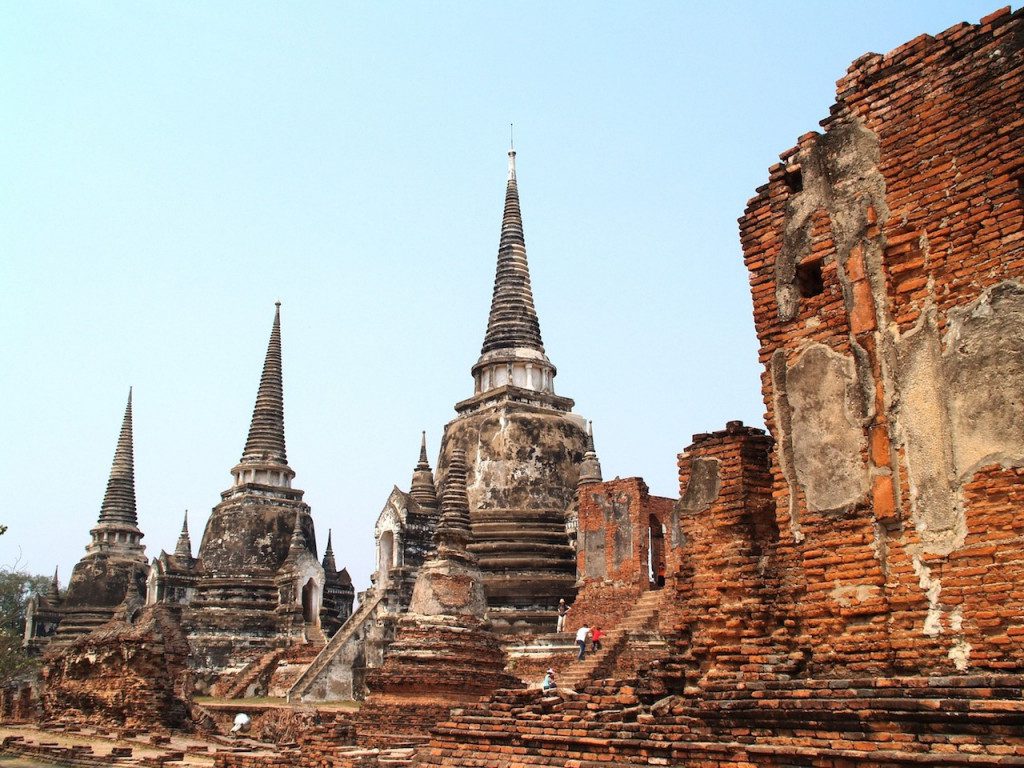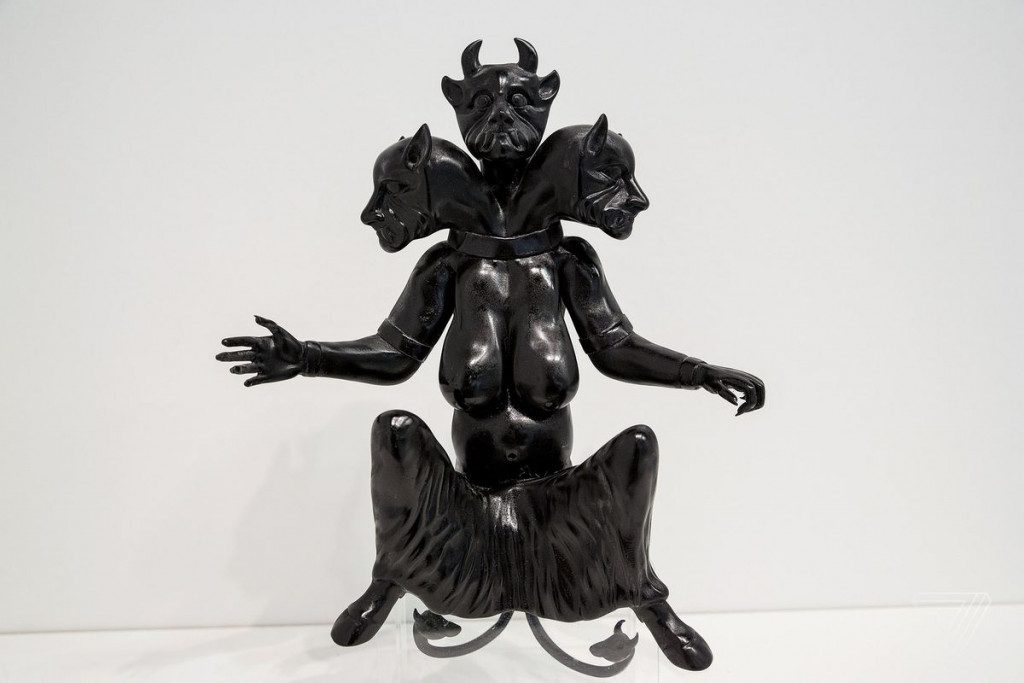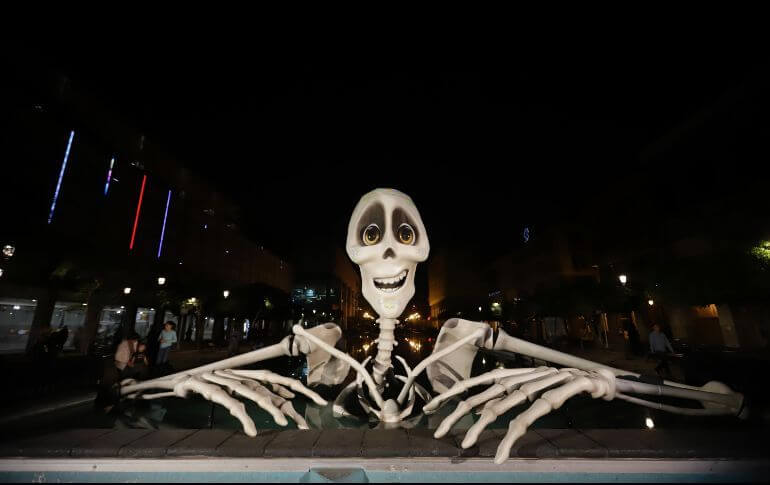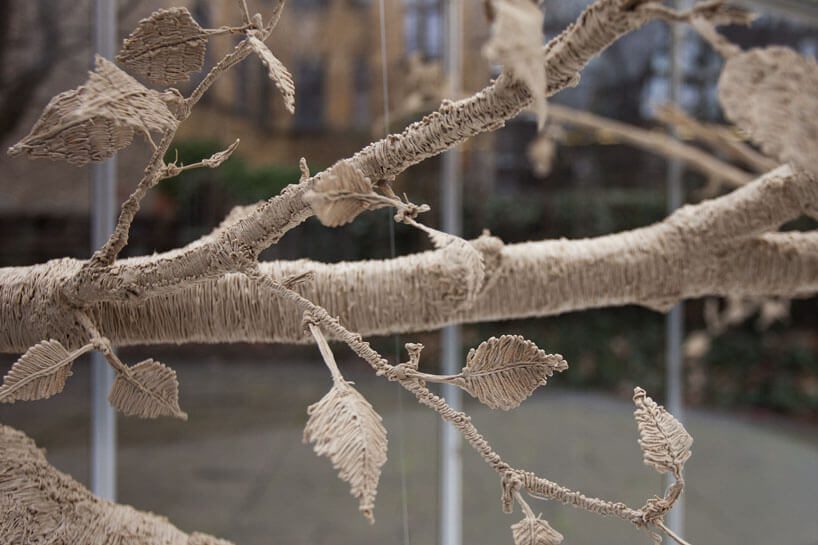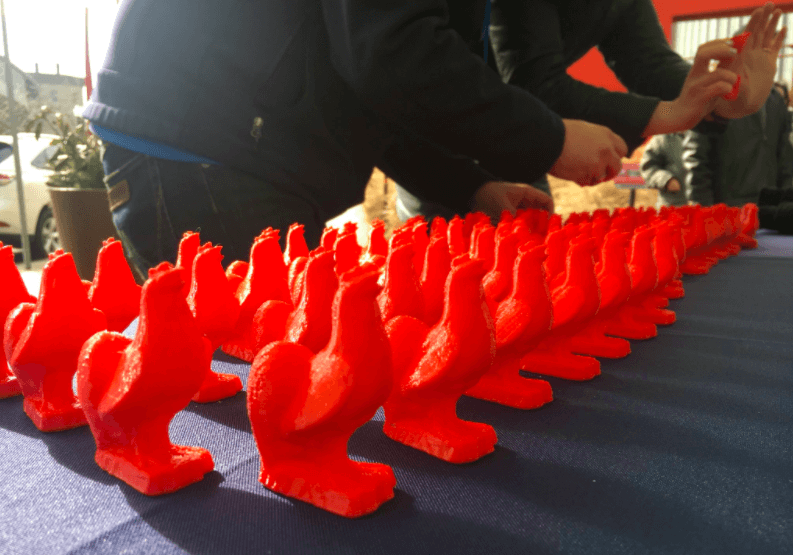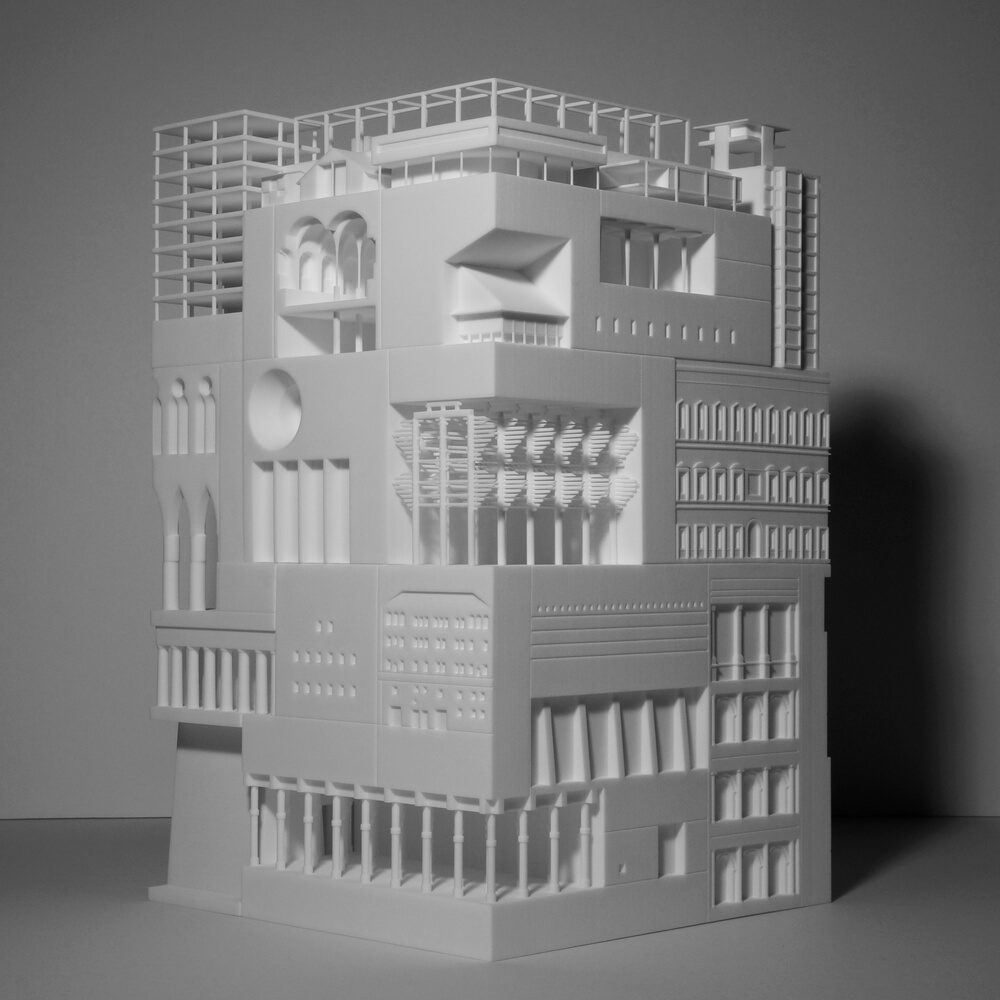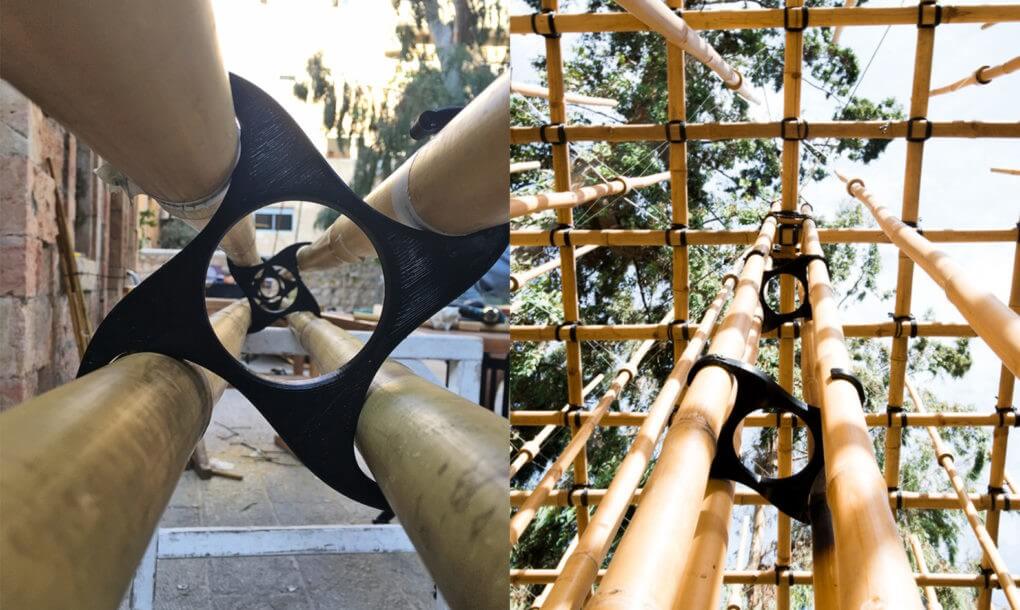Schlagwort: 3D printed art
-

Open Heritage Project by CyArk and Google Helps Preserve Monuments in 3D
Reading Time: 3 minutesThe Open Heritage initiative is a joint project between Google Arts and Culture and nonprofit CyArk to preserve monuments around the world in 3D and make them available to the public. Many people’s dream is to travel the world and see its wonders. But, this dream may never be realized, especially if some…
-

Iranian Artist Counters Digital Colonialism with “She Who Sees the Unknown” Display
Reading Time: 3 minutesMorehshin Allahyari is an Iranian artist and activist. For her latest exhibition, she is using ancient illustrations of Middle Eastern dark goddesses to create sculptures using 3D modeling, scanning, and printing. Her aim is to fight against “digital colonialism” with the display called She Who Sees the Unknown. Digital colonialism, artist and activist Morehshin Allahyari…
-

12-Foot-Tall Skeleton 3D Printed for Mexican Festival of Lights in Guadalajara
Reading Time: 3 minutesThe Mexican 3D printing service Moti Digital used a Massivit 1800 3D printer to create a 12-foot-tall skeleton structure. The installation was showcased during the Mexican Festival of Light celebrations in Guadalajara. Known as the birthplace of tequila and mariachi music, the western metropolis of Guadalajara is a hotbed for Mexican culture and festivities. The…
-

Suspended Tree Sculpture Created with 3D Pen and Wood Filament
Reading Time: 3 minutesOn display at the Super Bien! greenhouse for contemporary art (yes, that’s a thing) in Berlin is the sculpture Portrait of a Birch by artist Martin Binder. What’s special about this particular piece isn’t that it’s on display in a structure designed to grow vegetables — no, it’s that it is entirely…
-

Famous Chinatown 3D Printed Rooster Project Comes to an End
Reading Time: 3 minutesLast year, artist Chris Templeman began a project in Boston’s Chinatown which had the aim of creating 2,000 plastic roosters using a 3D printer before the end of the Chinese New Year. He now views the project as a success. The Chinese New Year of the Rooster is now over and the…
-

Burning Man 2018 Temple to Feature 3D Printed Mandala
Reading Time: 2 minutesLondon-based architecture studio Mamou-Mani has successfully pitched to build Burning Man 2018’s Temple. The winning design, Galaxia, will feature a 3D printed mandala symbol at its heart. Once a year in the middle of Nevada’s Black Rock desert, a metropolis fueled by self-expression and filled with more art than you could shake an…
-

Japanese Architect Fits More Than 30 Iconic Buildings in One 3D Printed Object
Reading Time: 3 minutesJapanese architect Fumio Matsumoto has created “Memories of Architecture”, an exhibit that features more than 30 iconic buildings in a single 3D printed object. As society and technology both progress rapidly over time, the way we design and imagine architecture is also in a constant state of metamorphoses. 3D printing is proving…
-

Students Use 3D Printing to Create Suspended Bamboo Pavilion in Jerusalem
Reading Time: 2 minutesStudents in Jerusalem used 3D printed joints to create a unique, suspended bamboo pavilion at the Bezalel Academy of Arts and Design. Thanks to their students’ innovative design, Bezalel’s Architecture Department has a new hanging pavilion at the entrance. It’s made of ropes, natural bamboo reed, and various 3D printed joint shapes. They created this…
